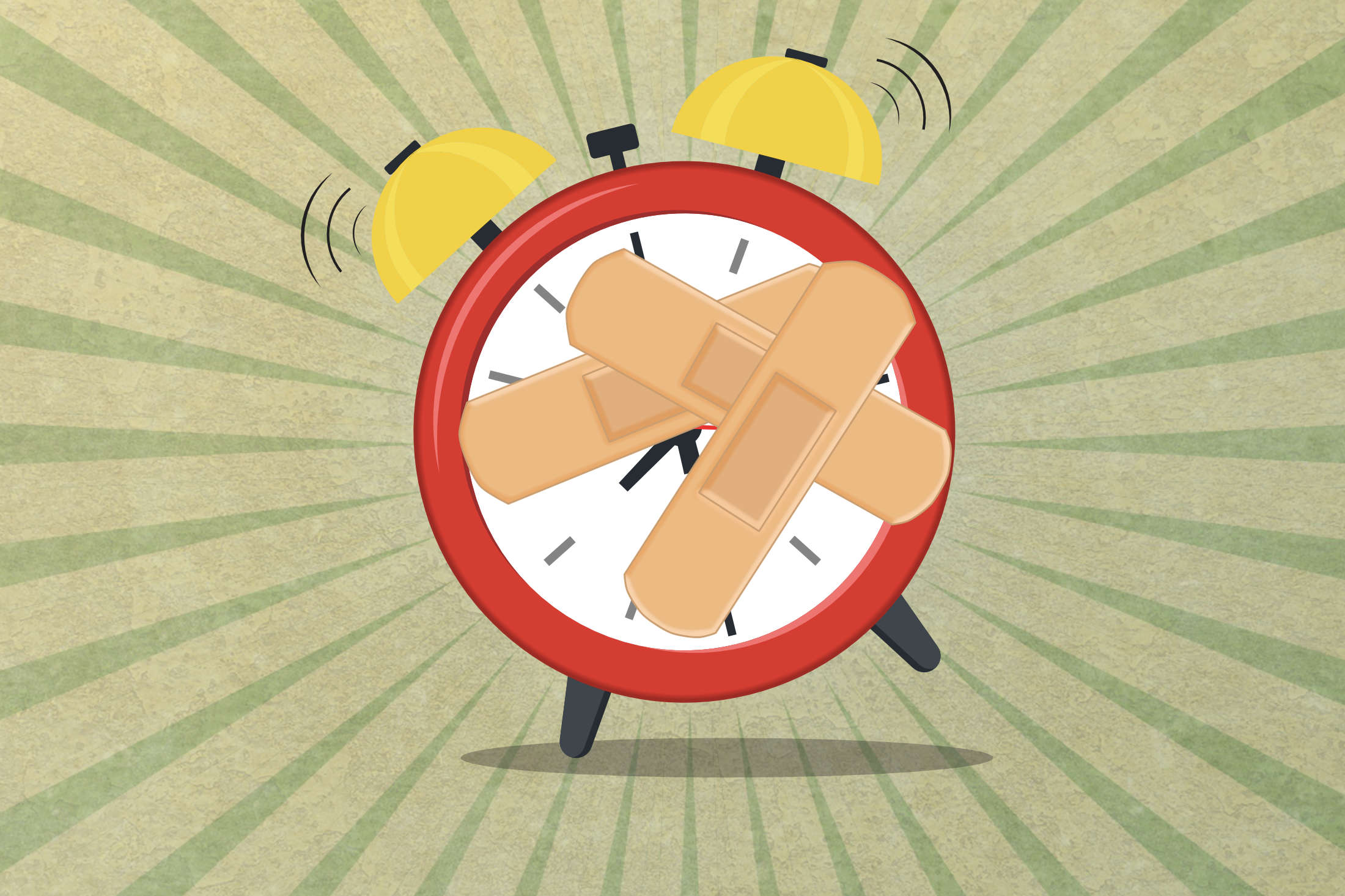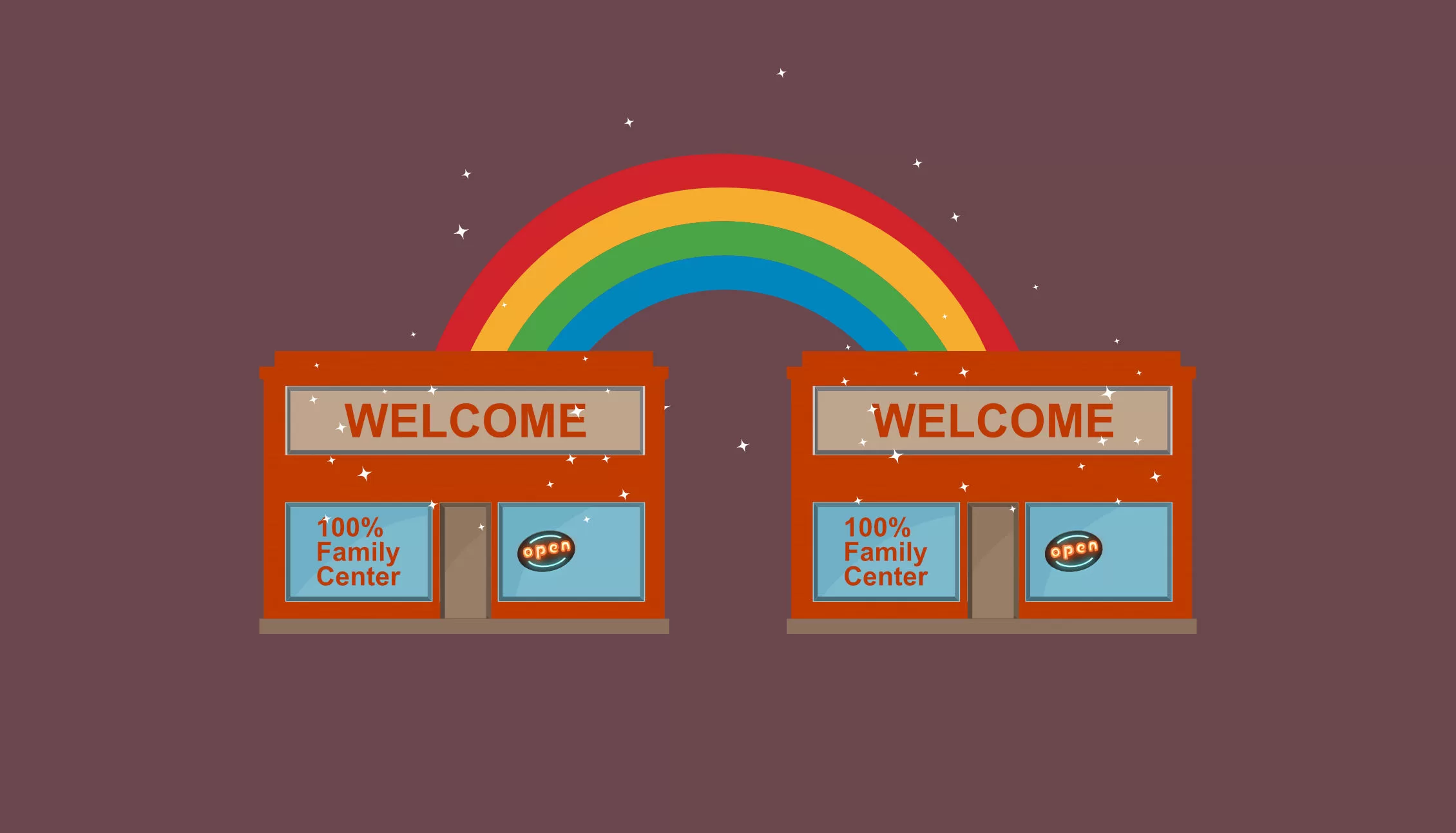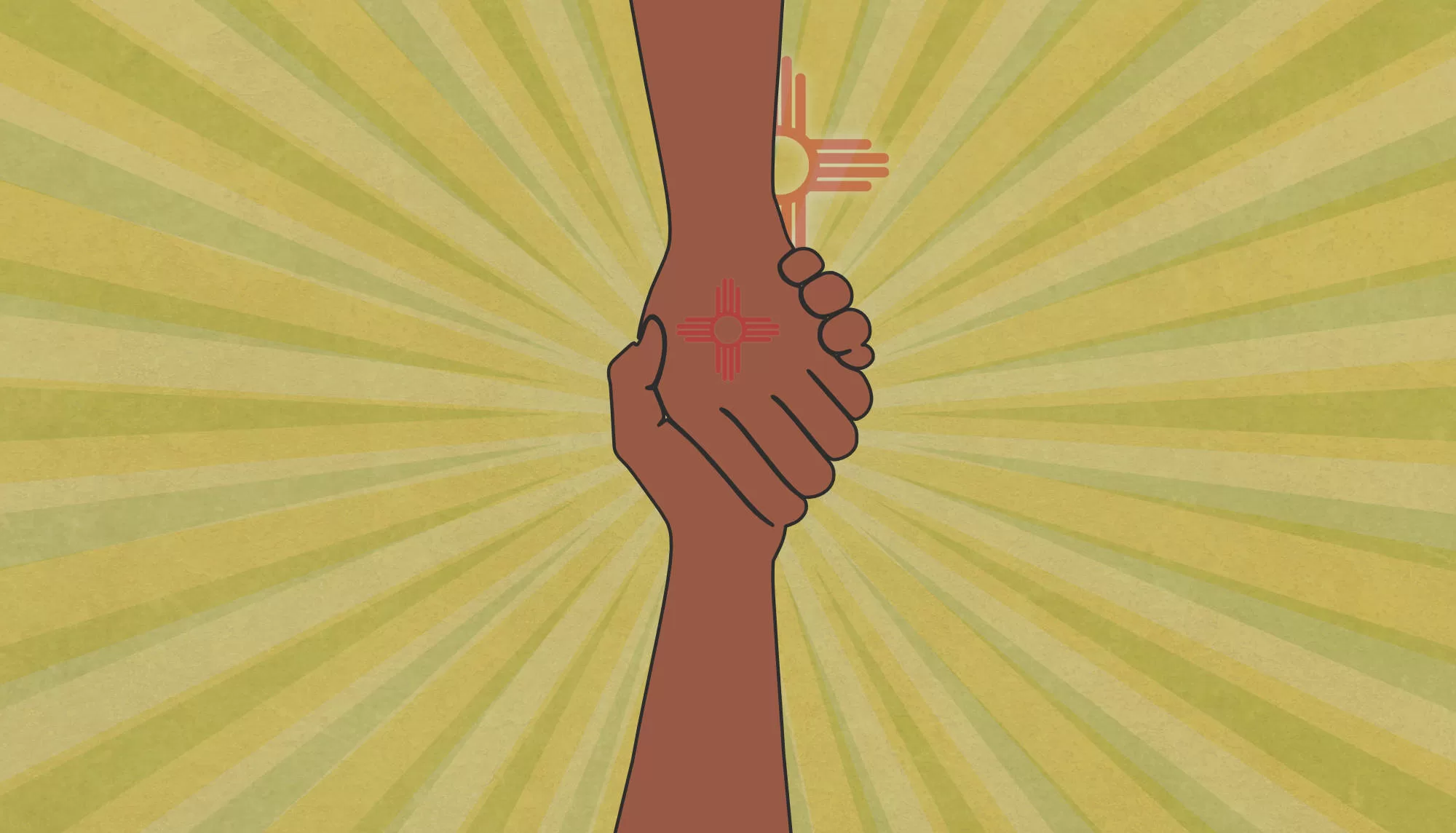100%: The Long Game vs Quick Fixes
We explore how New Mexico’s 100% New Mexico initiative teams understand that building back better to ensure resilient families means a multi-year plan.
With the recently published evaluation reports focused on what the 100% New Mexico initiative is accomplishing, I was reminded of an event a decade ago where I was asked, “How fast can you make change happen?”
It was 2008 and I was sitting in a dimly lit government office. “What kind of reductions in violence can we see in a year?” This was an earnest question asked by my supervisors. I was working for the Department of Health as the Youth Injury Prevention Coordinator and was pitching a community project to prevent injury in its many forms, from child maltreatment and DWIs, to suicide and substance use disorders. I described the injury prevention project as the Resiliency Corps and it would be focused on Valencia County. I had already received buy-in from local stakeholders working and living in Los Lunas and Belen, along with staff at the University of New Mexico-Valencia Campus and many members of the robust health council.
“When could we see results?” was the question on the table and my answer to my supervisors within the Epidemiology and Response Division would determine if I would be given a “go” to proceed. As much as I wanted to say, “I am sure we can start to see reductions in youth injury quickly with my proposed community mobilizing and public education campaign,” the truth was (and is) that rates of youth injury and all the numerous public health challenges impacting youth and their families does not go away in a year.
The work of improving the health and safety of the public, guided by public health and child welfare, along with partners in city government, county government and the education systems, is long-term work. It’s not about workshops and slick websites alone, it’s about building school-based health centers, fully-resourced community schools, food pantries, and affordable housing.
Addressing our biggest public health challenges, we first have to assess the environment that youth are growing up in. We have to understand to what degree our children and teens have access to medical care, behavioral health care, a safe home, secure food, and transportation to vital services. We have to measure, to what degree, the local schools have the staffing and funding to offer extra tutors and mentors so that all students with different learning styles and capacities, can thrive in class.
Once we know, through a countywide assessment, just how well-resourced and youth-friendly a county is, we can then begin the long work of strengthening services for youth and their family members. Only after years of infrastructure building in the services for surviving and thriving can we then begin to see rates of injury, illness, violence, untreated mental health challenges, and substance use disorders decrease.
The Pitch
Back in my meeting with public health leadership, I offered the following to secure a green light to start Valencia County Resilience Corps. I said, “If you give me four or five years to collaborate with locals, we could then begin to see important changes that lead to injury prevention.” The changes we planned to achieve, over the years, included the following:
Change one: Increased awareness
Through a course we could increase provider and public awareness of the problems and the evidence-informed solutions. I had an outline for a course to be facilitated at UNM-Valencia to test with local providers and health council members.
Change two: Increased changes in attitude from “we can’t” to “we can”
Through the course, public meetings and informational interviews with local elected leaders and stakeholders, we could change attitudes about the costly public health problems impacting local youth. By this, I mean we could slowly change attitudes like, “We can’t fix these problems” to “We can unite to solve long standing problems like lack of healthcare and affordable housing.”
Change three: Change in behaviors of providers
We could see to what degree there was buy-in from funders within the county, city, and schools in order to start infrastructure-building projects to begin to create a seamless system of care and empowerment for youth and families.
Change four: Increased access to services
Once a countywide system of care could be created, that was when we could begin to measure how easy it was for local residents to access services. Decades of research focused on the social determinants of health illustrate how people with access to vital services, including a robust education system, just do better than those without.
Change five: Healthier people with measurable improvements
Growing up in well-resourced and caring communities with access to vital services, we can then begin to see rates of all the bad stuff (abuse, drugs, violence) go down over time and all the good stuff (health, school attendance and achievement, engagement in youth mentor activities, job readiness) go up. With the first four changes successfully implemented, we could then begin to see the fifth change in the form of decreased public health challenges like substance use disorders, DWIs, child maltreatment, and other illnesses and injuries tracked within the county by the NM Department of Health.
The Decision: Yes or No
Meanwhile, a decade ago within that Public Health Department meeting room, one member of the leadership team listening to my pitch for the Resiliency Corps was a medical doctor and epidemiologist with a strong background in research and what I call “the science of change.” He fully understood that what I was proposing was a five to ten year project that would require local staffing and funding to design and implement the proposed Resiliency Corps.
He offered, as a way of giving me the go ahead to start the project, “Ok. So we won’t expect to see rates of injury and violence go down overnight with a few Town Forums. I understand that this is long term work and I can’t guarantee you the funding you will want, but I think we should at least see what this community experiment might result in. It’s worth giving the Resiliency Corps model a try if you have the support of locals.”
So what happened?
My colleague, Belen resident Dubra Karnes Padilla, became my co-instructor for the course and the driving force for the county-focused community mobilizing project. She was an instructor at the local university with a good base of operations. Long story short, for the first few years we graduated many providers from our “Youth Injury Prevention Course” and generated a lot of positive dialogue about data-driven and evidence-informed prevention projects. We were slowly yet steadily building public awareness (change number one) and seeing changes in attitude among local stakeholder (change number two).
Then this…
First, a new governor and administration came in. Community projects like mine were shut down. I was told, “We can’t subsidize your travel costs,” which at the time was a weekly $9.00 round trip train ticket from Santa Fe to Los Lunas.”
I was told to stick to my desk as were many other innovators within the government. Just as the Resiliency Corps was gaining momentum, it was left to wither. It was a chilling era that lasted eight disempowering years. It was a time when children and families suffered needlessly because of apathetic leadership.
Lessons
I share this tale to illustrate two things. First, the work we are implementing with 100% New Mexico, just like that of Resiliency Corps, is long-term work. Yes, we can see small and important successes and changes along the way each year. We can commit to measuring those changes in knowledge, attitudes, and behaviors in each county through a formal evaluation process. We also know the changes we are proposing of creating a county where 100% of families have access to the ten vital services for surviving and thriving, will take many, many years. And that’s OK. We are realists fueled by a commitment to children, youth, and families. Second, we also know that we live in a very politically-charged society, where leaders can support or attempt to derail any project. We are building our county initiatives to withstand not only the winds of politics but the unpredictable disruptions to healthcare, education, social services, and jobs.
Those of us engaged with 100% New Mexico fully understand the multiple challenges ahead this year in our “build back better” phase and all those years and decades that lay before us. We have the shared vision, plan, vision, framework, and an unwavering commitment to New Mexico’s children.
Mission: The 100% New Mexico initiative is dedicated to ensuring that 100% of families can access ten vital services crucial for their overall health, resilience, and success. This university-sponsored endeavor necessitates the local implementation of evidence-based strategies encompassing both community and school-based service hubs, aiming to prevent the most pressing and costly public health and safety challenges, including adverse social determinants of health and adverse childhood experiences.
Don’t miss a blog post! Get notified!
The 100% New Mexico initiative is a program of the Anna, Age Eight Institute at New Mexico State University, College of Agricultural, Consumer and Environmental Sciences, Cooperative Extension Service. Contact: annaageeight@nmsu.edu or visit annaageeight.nmsu.edu to learn more.




